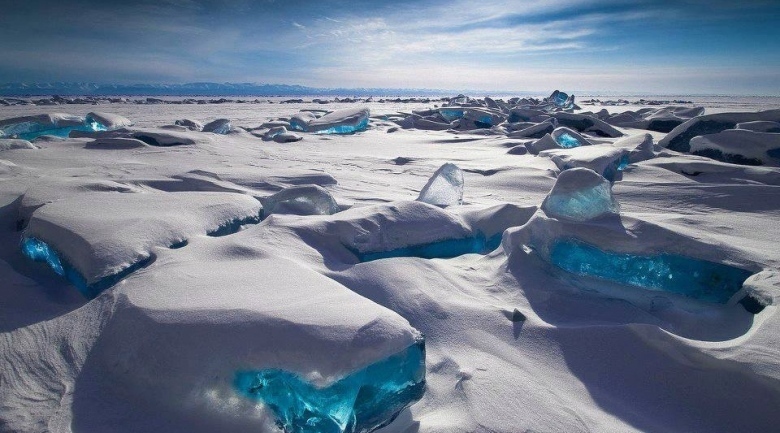
Melting glaciers are causing a loss of species diversity among benthos in the coastal waters off the Antarctic Peninsula, impacting an entire ecosystem. This has been verified in the course of repeated research dives, the results of which were recently published by experts in a study in the journal Science Advances.
The scientists believe increased levels of suspended sediment in the water to be the cause of the dwindling biodiversity in the coastal region. This occurs when the effects of global warming lead glaciers near the coast to begin melting, as a result of which large quantities of sediment are carried into the seawater.
Over the past five decades, temperatures have risen nearly five times as rapidly on the western Antarctic Peninsula than the global average. Yet the impacts of the resulting retreat of glaciers on bottom-dwelling organisms (benthos) remain unclear. In response, researchers at Dallmann Laboratory are now mapping and analysing the benthos in Potter Cove, located on King George Island off the western Antarctic Peninsula.
Here the Alfred Wegener Institute and the Argentine Antarctic Institute (IAA) operate Dallmann Laboratory as part of the Argentinian Carlini Station. Research concerning benthic flora and fauna has been part of the laboratory’s long-term monitoring programme for more than two decades.
In 1998, 2004 and 2010 divers photographed the species communities at three different stations and at different water depths: the first, near the glacier’s edge; the second, an area less directly influenced by the glacier; and the third, in the cove’s minimally affected outer edge. They also recorded the sedimentation rates, water temperatures and other oceanographic parameters at the respective stations, so that they could correlate the biological data with these values.
Their findings: some species are extremely sensitive to higher sedimentation rates. “Particularly tall-growing ascidians like some previously dominant sea squirt species can’t adapt to the changed conditions and die out, while their shorter relatives can readily accommodate the cloudy water and sediment cover,” explains Dr Doris Abele, an AWI biologist and co-author of the study, adding, “The loss of important species is changing the coastal ecosystems and their highly productive food webs, and we still can’t predict the long-term consequences.”
“It was essential to have a basis of initial data, which we could use for comparison with the changes. In the Southern Ocean we began this work comparatively late,” says the study’s first author, marine ecologist Ricardo Sahade from the University of Cordoba and Argentina’s National Scientific and Technical Research Council CONICET, who is leading the benthic long-term series.
“Combining this series of observations, accompanying ecological research on important Antarctic species, and mathematical modelling allows us to forecast the changes to the ecosystem in future scenarios,” adds co-author Fernando Momo from Argentina’s National University of General Sarmiento.
